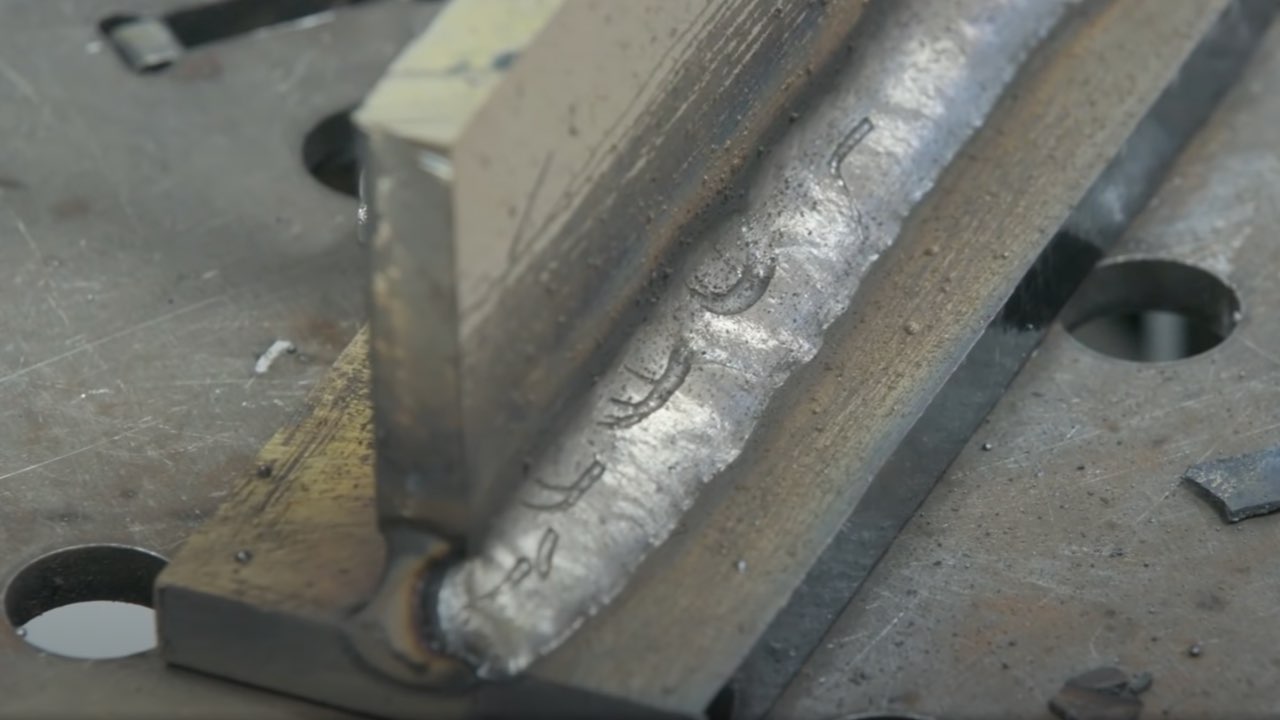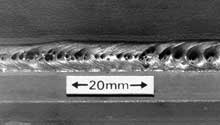Professional Guidance on What is Porosity in Welding and Just How to Resolve It
Professional Guidance on What is Porosity in Welding and Just How to Resolve It
Blog Article
Understanding Porosity in Welding: Checking Out Causes, Results, and Prevention Strategies
Porosity in welding is a persistent challenge that can significantly influence the high quality and stability of welds. As specialists in the welding market are aware, understanding the causes, impacts, and prevention strategies connected to porosity is important for achieving robust and trusted welds. By delving into the origin triggers of porosity, examining its destructive results on weld top quality, and exploring effective avoidance approaches, welders can boost their expertise and skills to create top notch welds continually. The detailed interplay of elements adding to porosity calls for a comprehensive understanding and a proactive method to make sure effective welding results.
Usual Sources Of Porosity
Contamination, in the type of dust, grease, or corrosion on the welding surface area, produces gas pockets when warmed, leading to porosity in the weld. Improper securing happens when the securing gas, generally made use of in processes like MIG and TIG welding, is not able to totally secure the liquified weld swimming pool from responding with the surrounding air, resulting in gas entrapment and succeeding porosity. Furthermore, insufficient gas insurance coverage, frequently due to incorrect flow prices or nozzle positioning, can leave parts of the weld unguarded, allowing porosity to form.
Impacts on Weld Top Quality
The presence of porosity in a weld can substantially jeopardize the total top quality and honesty of the welded joint. Porosity within a weld develops spaces or tooth cavities that damage the framework, making it much more susceptible to breaking, corrosion, and mechanical failure.
In addition, porosity can impede the efficiency of non-destructive screening (NDT) techniques, making it challenging to identify various other issues or stoppages within the weld. This can bring about considerable safety worries, particularly in crucial applications where the architectural honesty of the bonded components is vital.

Avoidance Techniques Summary
Offered the harmful influence of porosity on weld quality, effective prevention techniques are important to preserving the structural stability of bonded joints. In addition, picking the ideal welding criteria, such as voltage, current, and take a trip rate, can aid decrease the threat of porosity development. By including these prevention methods into welding practices, the incident of porosity can be significantly minimized, leading to stronger and much more reputable welded joints.
Importance of Appropriate Shielding
Correct shielding in welding plays a crucial role in preventing atmospheric contamination and guaranteeing the integrity of bonded joints. Shielding gases, such as argon, helium, or he has a good point a mixture of both, are generally made use of to secure the weld swimming pool from responding with aspects airborne like oxygen and nitrogen. When these responsive aspects enter into call with the warm weld swimming pool, they can trigger porosity, bring about Our site weak welds with minimized mechanical residential properties.

Insufficient shielding can result in different problems like porosity, spatter, and oxidation, compromising the architectural integrity of the bonded joint. Therefore, adhering to correct shielding methods is vital to create high-quality welds with very little issues and guarantee the long life and integrity of the welded elements (What is Porosity).
Tracking and Control Approaches
Just how can welders successfully keep an eye on and manage the welding procedure to ensure ideal outcomes and stop defects like porosity? By continuously keeping track of these variables, welders can recognize discrepancies from the perfect conditions and make immediate changes to protect against porosity formation.

Furthermore, continue reading this implementing correct training programs for welders is essential for monitoring and regulating the welding procedure effectively. What is Porosity. Educating welders on the importance of keeping constant parameters, such as correct gas securing and travel speed, can assist avoid porosity issues. Routine assessments and qualifications can likewise ensure that welders are proficient in tracking and controlling welding procedures
Additionally, using automated welding systems can improve surveillance and control abilities. These systems can precisely control welding parameters, decreasing the probability of human error and guaranteeing constant weld top quality. By combining innovative monitoring modern technologies, training programs, and automated systems, welders can properly keep track of and regulate the welding process to lessen porosity issues and achieve top quality welds.
Final Thought

Report this page